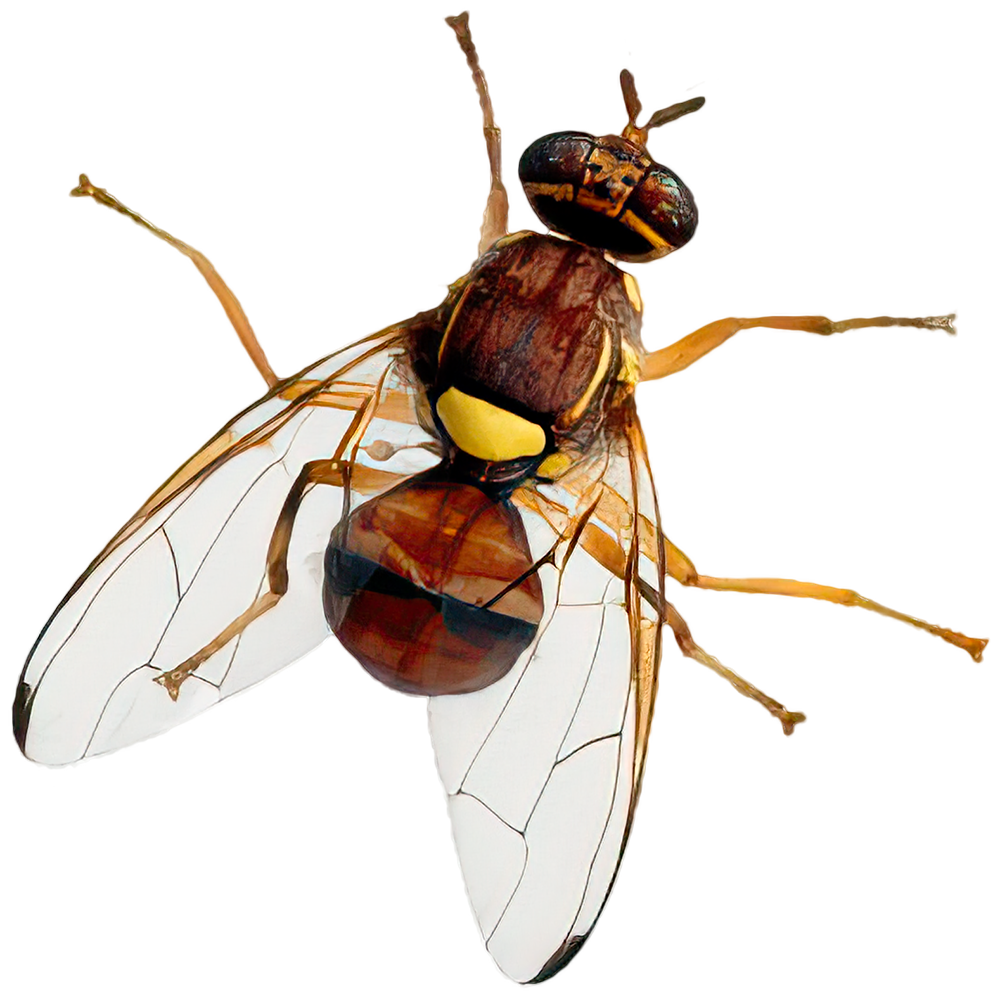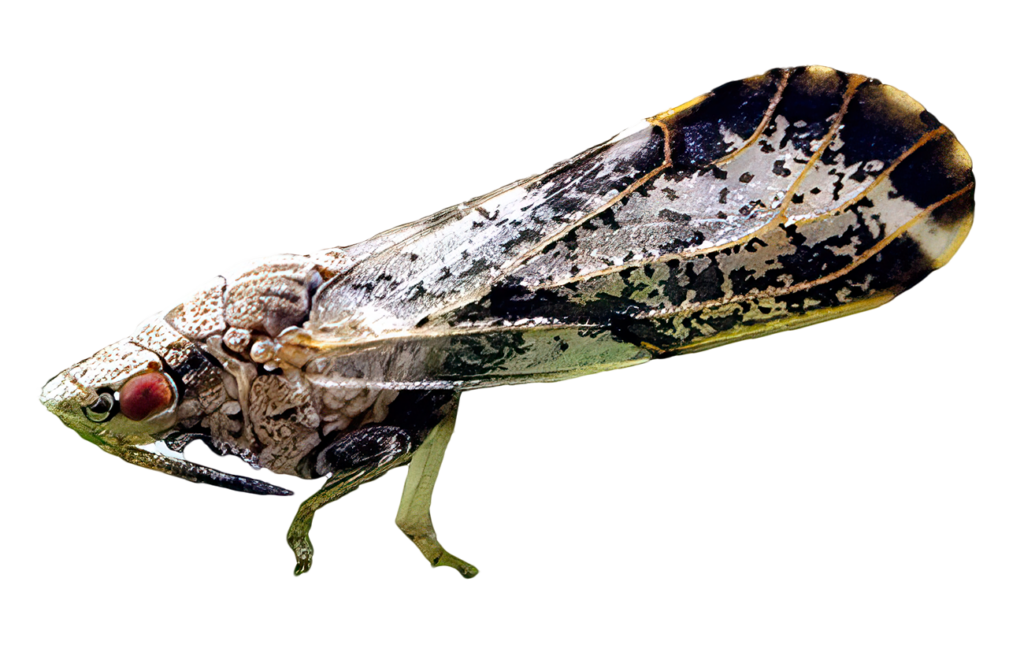Save our Food
Ventura County is under attack from an invasive pest.
DON’T SHARE HOMEGROWN CITRUS
quicklinks


AG Commissioner: Queensland Fruit Fly Quarantine Lifted
Dozens of trees in Ventura County infected with citrus-killing disease
Situation
Ventura County is facing a significant threat from an invasive pest that is substantially affecting agriculture in the County –
The California Department of Food and Agriculture (CDFA) detected the presence of Huanglong Bing (HLB) disease, which is spread by the Asian Citrus Psyllid, in Santa Paula and surrounding areas.
Quarantine areas have been established, requiring residents and commercial growers to address the issues with mitigation efforts and avoid the movement of produce and agricultural materials.
What Can Residents Do?
The Ventura County Agricultural Commissioner’s Office, in partnerships with the California Department of Food and Agriculture (CDFA) encourage residents to heed the current quarantines across the State of California especially those here at within the county.
It is important that all residents do their part and DO NOT move or share homegrown fruit. While it is a seemingly normal and innocent act to share homegrown produce with your friends, family or neighbors, it can unwittingly contribute to the spread of this invasive pest in our county.
Do you suspect your tree is infected? Contact the California Department of Food and Agriculture Pest Hotline at 1-800-491-1899.
CDFA can arrange a time to test your tree. More information about the efforts being taken by CDFA can be found at https://www.cdfa.ca.gov/citrus/
What is the Queensland Fruit Fly?

The QFF is an exotic insect originating in Australia. The first California detection occurred in San Diego County in 1985, and it was found again in Orange County in 1991. Most recently, the Queensland Fruit Fly was detected in the Thousand Oaks area in September 2023.
The QFF is an invasive pest that feeds on many types of fruits and vegetables. Important California crops at risk include pome and stone fruits (e.g. apricots), citrus, dates, avocados, and many vegetables, particularly melons and tomatoes. Damage occurs to produce when the female lays eggs in the fruit. The eggs hatch into larvae, which tunnel through the flesh of the fruit, making it unfit for consumption.
A number of commercially valuable fruits and vegetables are attacked by QFF. Fruit that has been attacked may be unfit for consumption due to the larvae tunneling through the flesh as they feed. Decay-producing organisms then enter, leaving the interior of the fruit a rotten mass.
For a complete list of crops that can be affected by the Queensland Fruit Fly, please visit: https://wga.s3.us-west-1.amazonaws.com/science/2023/wg_sci_fruit-fly-crop-list_23.pdf *
*Information provided by the California Department of Food and Agriculture
What is the Asian Citrus Psyllid and Huanglong Bing (HLB) disease?

The plant disease known as Huanglongbing (HLB) or citrus greening is caused by a phloem-restricted bacterium which is vectored by the Asian citrus psyllid (ACP). The scientific name of the bacterium is Candidatus Liberibacter asiaticus (CLas). The “Candidatus” portion of the name indicates that this organism has not been cultured and is therefore characterized on the basis of DNA properties. Two other related forms of the bacterium are known—one of African origin and one of South American origin, both of which can be also be vectored by ACP. Candidatus Liberibacter is differentiated from other citrus-infecting bacteria by the presence of a cell wall and its location in the phloem tissue of the host’s vascular system.
HLB can be difficult to detect since the host may remain symptomless for months to years before exhibiting symptoms of infection. An early symptom of the disease is blotchy, yellow, asymmetrical mottling of the leaves. This leaf symptom is different from nutritional disorders which are more often vein-delimited and tend to be more symmetrical. The yellow mottling of the foliage gives rise to the development of yellow shoots on single random branches (nutritional disorders generally show more uniform symptom distribution in trees). Progressive yellowing of greater portions of the canopy follows. HLB bacteria do not cause foliar wilting such as that observed in trees infected by other citrus pathogens. More advanced symptoms include twig dieback, stunting, and decline in the tree’s health to the point where the tree bears only a few, small, deformed (lop-sided) fruits that are poorly colored and bitter tasting. Tree mortality usually occurs several months to years after infection.
The HLB pathogen is moved from tree to tree by ACP feeding on an infected tree then moving to and feeding on a non-infected tree. After gaining entrance to the tree’s vascular system, the pathogen takes up residence in the phloem tissue. As the bacterium multiplies and moves within the tree’s vascular system, it chokes off the supply of nutrients moving throughout the plant, weakening the plant and eventually killing it. While insect vectoring of the HLB pathogen is the primary means of disease spread, the movement of infected host plant material, either in the form of nursery stock or of plant tissue for grafts and buds, can also contribute significantly to the rapid and potentially long-distance spread of the disease.
Hosts for Candidatus Liberibacter asiaticus, the bacterial pathogen that causes HLB, include nearly all citrus species and hybrids, as well as numerous citrus relatives in the Family Rutaceae. A comprehensive host list for the HLB pathogen can be found listed in the California Department of Food and Agriculture Huanglongbing Disease State Interior Quarantine #3439 (see Section C.1.) at:
*Information provided by the California Department of Food and Agriculture